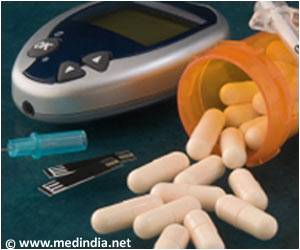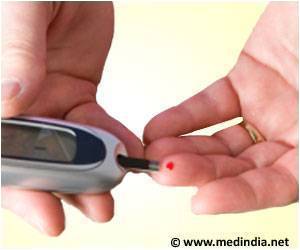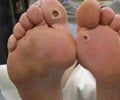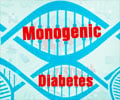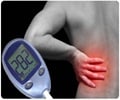In Texas Tech University, El Paso, and the University of Mississippi, Oxford, a study holds promising results for diabetic patients suffering from indigestion symptoms like nausea, vomiting, bloating and heartburn.
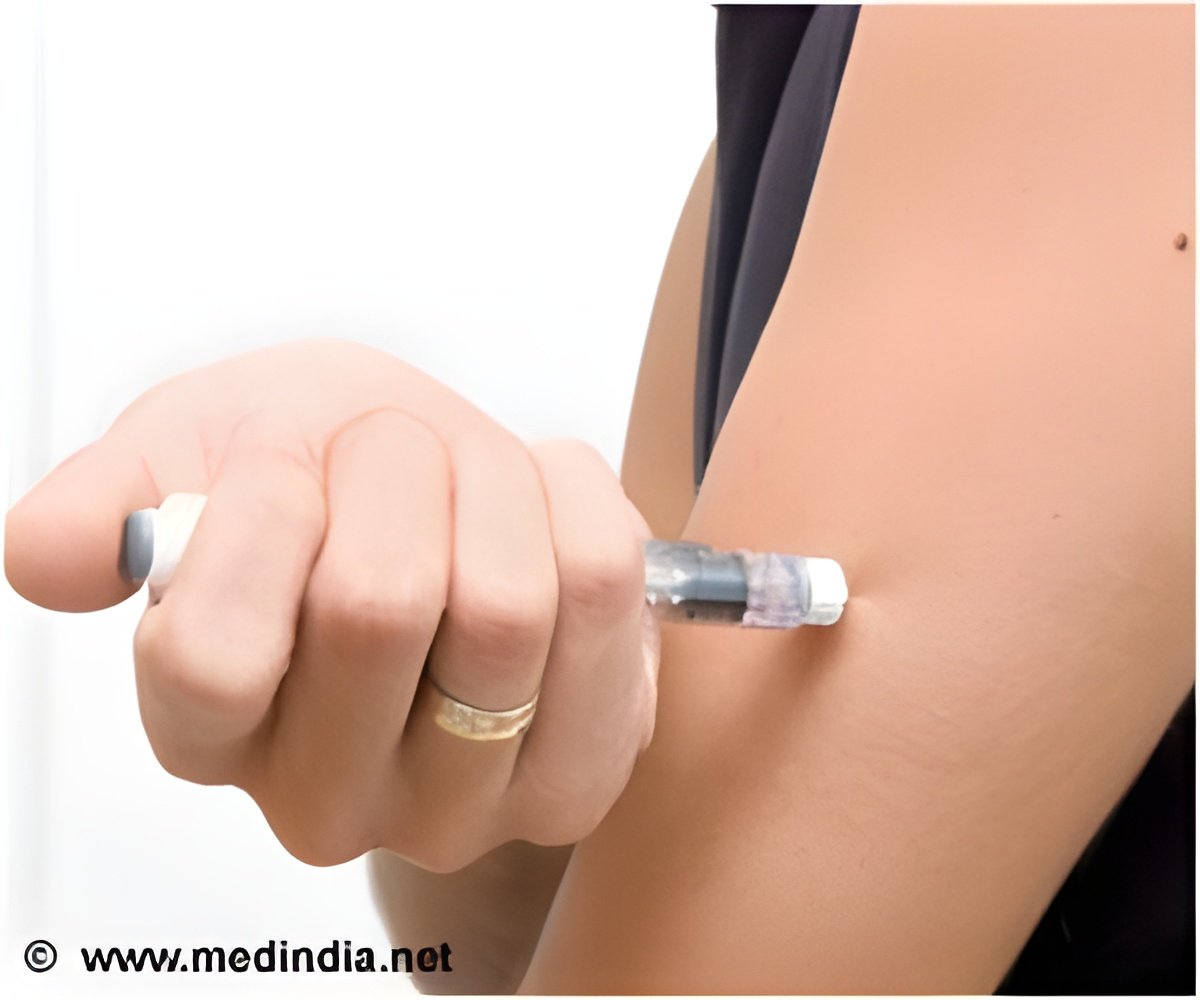
"Treatment options for this patient group are severely limited," said Richard McCallum, MD, professor and founding chair of the division of gastroenterology, department of medicine, Texas Tech University Health Sciences Center.
"This is a novel approach to symptom relief that overcomes the shortcomings of other therapies," he noted.
Because of the limited pharmacological treatment options available, many patients build up a tolerance to prescribed medicine. Additionally, traditional acupuncture requires patients to make repeat appointments and a fear of needles may make it undesirable for many patients.
The wireless, needleless device tested in the study was designed by Jiande Chen, PhD, professor at the University of Texas’ Medical Branch at Galveston, and allows clinicians to tailor the frequency and amplitude of the electrical waves used to stimulate acupuncture points.
Funded by grants from the National Institutes of Health, patients were instructed to spend 240 minutes each day using the device on designated spots on the body. They kept a detailed diary tracking specific gastroparesis symptoms and the number of heartburn episodes per day.
Advertisement
The number of heartburn episodes decreased significantly when patients utilized active stimulation.
Advertisement
Their work was presented at Digestive Disease Week (DDW).
Source-ANI



